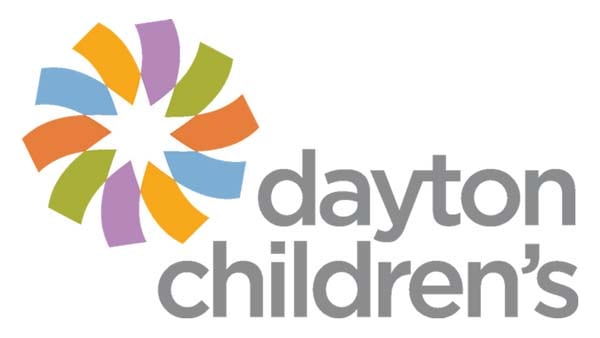Zero-trust architecture helps secure the entire network
Zero trust is an approach to cybersecurity that validates every stage of a digital interaction based on the principle of "never trust, always verify." Whether it's an intravenous pump or a camera, Dayton Children's Chief Information Security Officer Nicholas Schopperth's goal is to limit that device's network access to specific IP addresses.
By moving to a zero-trust architecture, Dayton Children's could segment its devices and only allow them to connect to specific virtual LANs—limiting access between devices as well as limiting device access to the network. If a malicious actor was to gain access to a vulnerable device, that device could not be used to connect to other devices on the network.
Schopperth's team deployed Cisco Secure Network Analytics for faster, simpler, cloud-based network monitoring, and Cisco Umbrella to extend the hospital's security footprint for remote devices. From there, it needed help classifying devices, managing IoT/IoMT flows and deciphering communication patterns to identify any anomalies. For this, it turned to Cisco partner Ordr, which had impressed Dayton Children's with its efforts in building an API for integration with the hospital's IT service management platform. "Cisco Identity Services Engine (ISE) and Ordr have helped identify device types and put them into their own segmented VLANs," said Schopperth.
Having identified granular device context, baselined "normal" device communications flows, and performed behavioral analytics of devices and users with Ordr Connected Device Security, the cybersecurity team generated policies and access controls that could be automated and enforced using Cisco ISE on Cisco wireless controllers and firewalls. The added benefit of using Cisco solutions for all endpoints and the Cisco compatible Ordr Connected Device Security solution is that communication is more reliable and secure across the entire environment.
Security, easily managed, at reduced cost
Dayton Children's network is no longer flat, so if a device somehow becomes compromised, the damage can't spread to other devices, sites, or systems. By having the ability to stop a cyber intrusion in its tracks, Dayton Children's can help ensure patient care is minimally impacted.
Dayton Children's saw the benefits of its new architecture when a partner organization experienced a ransomware attack. As the ransomware began scanning Dayton Children's network through a shared connection, the hospital's newly implemented Cisco alert systems sounded an alarm. In just five minutes after receiving the alert, Dayton Children's cybersecurity engineers used Ordr device context to drop its connection with the partner. In another five minutes, five MRI machines that had been scanned by automating Ordr policies on Cisco infrastructure were automatically quarantined. The security team then began the process of reimaging those devices to get them back on the network and serving patients safely. Notably, every device that had Cisco Secure Endpoint installed was untouched.
Dayton Children's has significantly reduced its exposure to attacks. Without this technology, quarantining these devices would have taken much more time. And with each passing minute, more machines could have been infected and care could have been impacted.
The hospital's cybersecurity team finds the zero-trust architecture not only effective, but easier to manage. It reduces the number of solutions and limits network exposure by using an end-to-end Cisco architecture and Ordr's device security solution, and the reduced administrative overhead promotes innovation and growth in other areas.
"We have a variety of Cisco products, and what I love is that they're designed to work with each other in a way that you can correlate if something is going on," remarks Schopperth. Having Cisco SecureX as a single pane of glass to consolidate monitoring and find the source of any breach faster also makes Dayton Children's more proactive and less reactive. Schopperth continues, "The further left on the attack chain that we can go, the better we are,"
Dayton Children's strives to provide the best possible care, and that requires diligent work behind the scenes. The patients and families who walk through the hospital's doors might not know about Dayton Children's cybersecurity practices, but the safety of their children's care relies on them.


